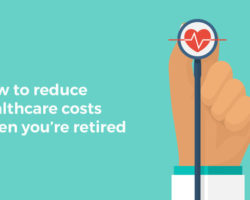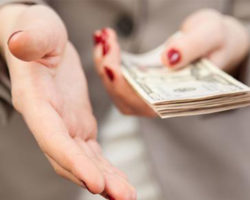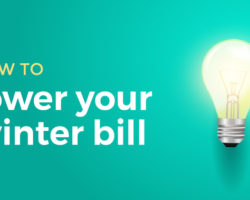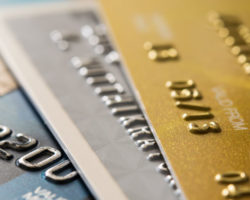Have you ever had your credit card information stolen? If not, then you can consider yourself lucky. It can happen to anyone, anytime, anywhere. But don’t panic. There are things that you can do to prevent this type of theft. Here are some examples of credit card scams and some tips that can help you deal with them.
Skimming
Skimming refers to thieves making an illegal copy of a credit card using a device that reads and then duplicates the information from the original card. This can happen in different ways and at different locations, such as a restaurant, at a gas pump or at an ATM. The credit card can either be in your possession or not. All that is needed to steal your information is a credit card skimmer attached to a card reader.
You can avoid getting your card skimmed by using an EMV card instead of a traditional magstripe card. EMV cards are smart cards that store their data on integrated circuits in addition to magnetic stripes. These include cards that must be physically inserted into a reader and contactless cards that can be read over a short distance using radio-frequency identification technology. Payment cards that comply with the EMV standard are often called Chip and PIN or Chip and Signature cards, depending on the authentication methods employed by the card issuer.
Phising
Phising happens via e-mail, phone, text or snail mail. A deceptive message is sent to consumers from someone claiming to be their bank. Its sole purpose is to get you to reveal your personal information, such as bank account numbers or online passwords.
Phising has now become widespread. It is successful because the e-mails look authentic, with company logos, website addresses and other legitimate information. If you respond to such an e-mail, you are directed to a fake website where you type in your information, which is then stored and sent to the criminals. They can thus drain your bank accounts by using your own passwords.
You can avoid a phising scam by being careful and checking twice to see if an e-mail is authentic or not. Don’t provide any information until you are 100% sure that dealing with your bank. There are phone numbers on the back of credit cards that can be used in situations such as these.
Spyware
Spyware is computer software designed to steal your information without your knowledge. It infects your computer and collects your data, which it then sends back to the hacker who created it.
You can avoid these types of attacks by using anti-virus and anti-spyware software. Also, don’t just click “Yes.” Read disclosures before downloading stuff off the internet, avoid shady sites, and don’t click on suspicious links or pop-ups.
Credit card fraud exists. It’s out there, it’s a real threat and it can happen to you. But you don’t have to fall victim to it. If you are careful, you can come out a winner from situations such as these.








